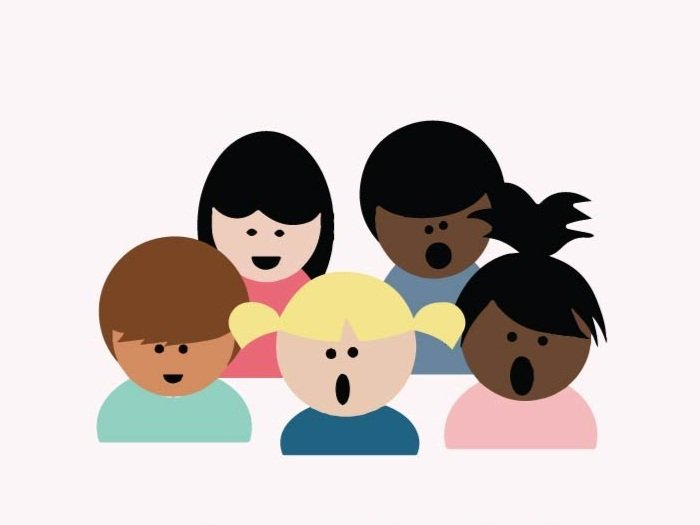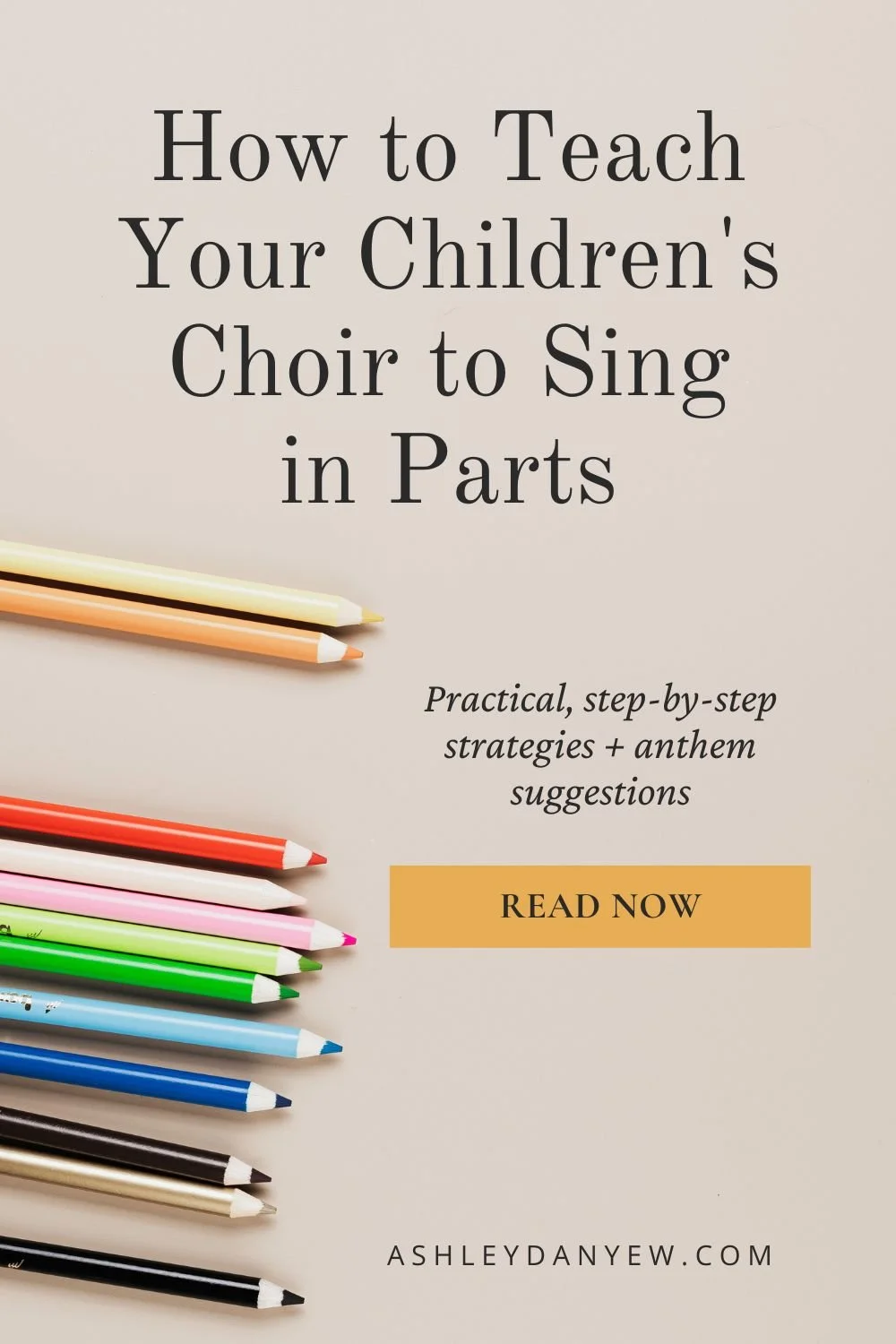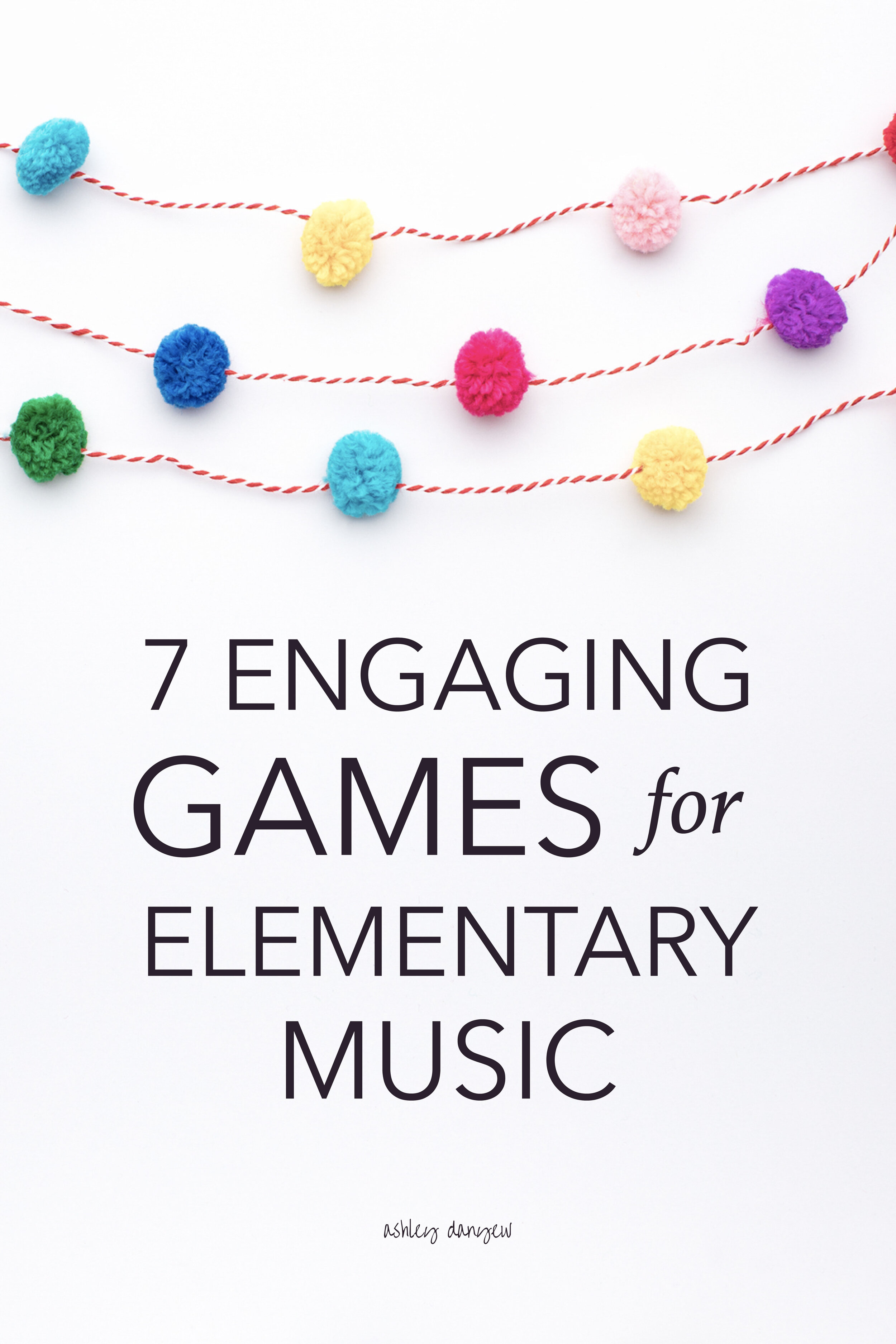If you're like me, you first learned solfege from Julie Andrews in The Sound of Music. This film classic is still beloved today — it's a favorite among my elementary piano students!
So, why the funny syllables? What exactly is solfege and how do you use it?
First, a little history.
History of Solfege
Solfege (do, re, mi, etc.) is a method for introducing and teaching aural skills and understanding of pitch and a system used for sight singing.
It dates back to the 11th century and the work of music theorist Guido d’Arezzo. There are two primary solfege systems: fixed do and movable do.
In the fixed do system, syllables are assigned to pitches (e.g. do = C). In the movable do system, syllables assigned to scale degrees (e.g. do = 1st scale degree of major scale).
Movable do, also called tonic sol-fa was developed in England during the 19th century (source).
Fun Fact: solfege syllables are based on an old Latin hymn where the syllables do, re, mi, etc. fall on their corresponding pitch.
Benefits of Solfege
Movable do (created by Sarah Ann Glover) situates melodies in a tonal context, focuses on the relationship between notes, and helps develop a more comprehensive understanding of music. It should be noted that when using the movable do system, more complex music may require prior analysis, especially for key areas are ambiguous.
Used in many Romance, Slavic, Spanish, and French-speaking countries, fixed do is the equivalent of singing note names. Musicians may find it easier to sight-read using fixed do, as no prior analysis is needed, but this system lacks context and a more comprehensive understanding. (source)
Overall, solfege is a useful and beneficial tool for developing sight-singing and music-reading skills and teaching ear-training and understanding music and tonal relationships. It also promotes good vowels when singing, as each solfege syllable is a pure vowel sound.
Related post: The Church Choir's Guide to Vowels: Part I
Kodály Method
Solfege is often associated with the Kodály Method, based on the work of Zoltán Kodály in Hungary during the mid-20th century. Kodály advocated for "sound before sight" and introducing new concepts through listening, singing, and movement.
The Kodály Method incorporates rhythm syllables and rhythmic movement (based on the work of Émile Jacques-Dalcroze), Glover’s movable do solfege, and John Curwen's hand signs (Kodály added the upward/downward movement where do falls at the waist and la at eye level).
Musical material is first introduced using sol and mi, then adding la and expanding out to the notes of the pentatonic scale. (source)
Solfege Teaching Strategies
Here are a few ways to incorporate solfege into your children's choir rehearsal:
Start with Warm-Ups
This is a great way to introduce solfege to your elementary-age choir. Use a simple sol-mi pattern or expand it to sol-mi-do or a descending 5-note scale (sol-fa-mi-re-do).
Related post: The Ultimate Guide to Children's Choir Warm-Ups
Use Call and Response
Use songs and patterns to develop listening skills (try choosing tonal patterns from a new anthem). Call on a few children to be leaders and sing a pattern for the group to echo back.
Related post: 40 Call and Response Songs and Games for Children’s Choir
Play a Solfege Game
Children love Secret Pattern (also called Poison).
Here’s how to play:
Choose a one-measure tonal pattern (e.g. sol-mi-sol). Sing it for the children and tell them it's the secret/poison pattern. Then, perform a series of other tonal patterns with the children echoing back. Sing the secret/poison pattern — if anyone echoes back, you get a point. If no one echoes, the children get a point.
Online Seminar
Help your children develop their singing voices.
In this 45-minute seminar, we’ll talk about vocal exploration, breath and movement, and vocal exercises that are appropriate for children’s voices, plus a few ideas for adding in something fun/silly to keep children engaged.
Transition to Note-Reading
Use the following steps to melodic reading:
pictures: use icons on a blank background to show direction of pitches
pictures/letters: use icons with letters (e.g. s for sol)
hand signs/letters: use Curwen hand signs with letters
letters: use letters alone
letters/rhythm: add stems to letters to show melodic rhythm
letters on staff: notate letters (no stems) on staff lines
letters/rhythm on staff: add stems to show melodic rhythm
noteheads on staff: draw noteheads on staff
noteheads/rhythm on staff: add stems to show melodic rhythm
noteheads/rhythm on staff with do notation: add a mark on line or space that is do
See an illustrated version of this progression here.
Use Tonal Pattern Cards
If your choir is beginning to read music notation, display a few tonal pattern cards or write 2-3 patterns on a whiteboard. Sing one and ask the choir to tell you which one they heard.
If you have a little more time in rehearsal, try letting your older children's choir compose a short 4- or 8-bar piece using tonal pattern cards (this could also be a fun gathering activity). Teach the melody line of a new anthem by having your choir sight-sing individual tonal pattern cards, then piece them together into a phrase.
Related post: Fun, Easy Gathering Activities for Children’s Choir
Use Body Solfege
This is a fun, effective way to teach solfege to young children and it incorporates a little movement into your rehearsal! See printable posters below. Reinforce this concept with the Balloon Song, using notes of the C chord.
Use Solfege Hand Signs
The Curwen hand signs are a useful, practical way to help teach the solfege syllables and their relationship to each other. For instance, the sign for fa is a closed fist with thumb pointing down because the tendency of this note is to go to mi. See printable signs below.
Sing a Folk Song
Take a break during rehearsal to sing something fun. Use folk songs and simple pieces that follow the progression outlined in the Kodály Method. Here are a few ideas (and music links):
sol, mi:
Lullaby
mi, sol, la:
Duerme, Mi Tesoro (Sleep, My Treasure)
pentatonic:
Amazing Grace
How Firm a Foundation
All Night, All Day
Swing Low, Sweet Chariot
How Can I Keep From Singing?
Heaven, Heaven
Ezekiel Saw the Wheel
Oh, I’m Goin’ to Sing
There’s a Little Wheel
I’ve Got Peace Like a River
diatonic:
When the Saints Go Marching In
Who Built the Ark?
Joy to the World
Solfege Resources
Ready to start teaching solfege to your choir? Here are a few resources that might help:
Solfege Flashcards - free printable color-coded flashcards (colors match Boomwhackers and children’s handbells)
Curwen Hand Sign Posters - free printable Curwen hand sign posters
Movable Solfege Template (.doc file) - free Word document with staff lines and movable solfege labels
Body Scale Posters - free set of body scale posters (in coordinating Boomwhacker colors)
Tonal & Rhythm Pattern Card Set (pictured above) - a practical tool to help children learn the language of music and develop their music-reading skills (Younger Elementary: K-2nd grade, Older Elementary: 3rd-5th grade)
The Do Re Mi Staircase - free printable characters for each step of the scale
Your turn:
Do you use solfege with your children's choir? How do you incorporate it into your rehearsals?
P.S. You might also like these posts:
Solfege: Why Do Re Mi Isn't Just Child's Play
Introducing Do Re Mi
15 Singing Games for Children's Choir
How to Teach a Children's Choir Anthem by Rote
Teaching Music Literacy to Your Children’s Choir through Repertoire (ACDA Workshop)








































